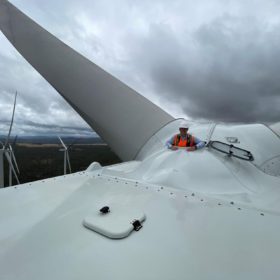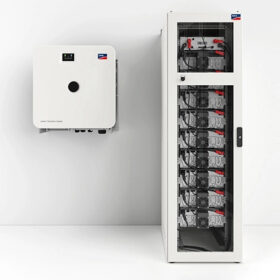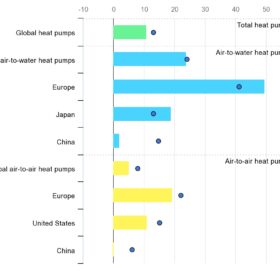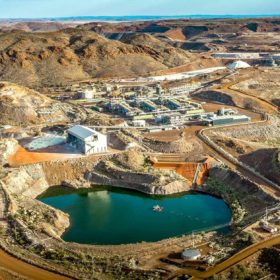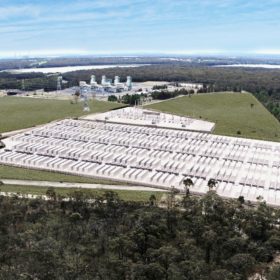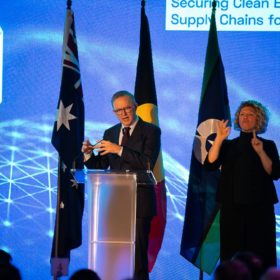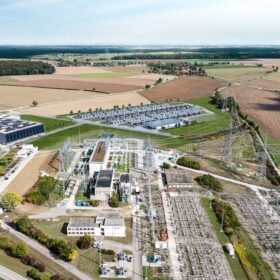Brookfield partners with Victorian developer as it prepares to replace Origin’s fossil fleet
Canadian giant Brookfield, which is currently in the process of formally acquiring Origin Energy, has announced its partnership with little-known developer Greenleaf Renewables. The partnership, Brookfield said, will contribute to the 14 GW of renewable generation and storage it plans to build to decarbonise Origin.
SMA unveils new commercial battery storage solution
Germany’s SMA has developed a modular lithium-ion solution for commercial storage applications. It comes in two versions, with capacities of 32 kWh and 56 kWh. The two variants feature SMA Sunny Tripower Storage X battery inverters, with up to 8,000 complete charge cycles.
Global heat pump sales rose by 11% in 2022, says IEA
China sold the most heat pumps in the world in 2022, but Europe recorded the highest growth in overall sales, according to the International Energy Agency (IEA). It says Italy, France, and Germany accounted for almost half of all sales in Europe, and notes that air-to-water heat pumps were the most popular technology.
Value of Australia’s lithium exports more than triple from last year
Australia’s lithium and base metals like nickel, aluminium and copper are forecast to earn around $47 billion (USD 31.8 billion) in the current financial year, according to the Australian government’s latest forecasts.
Brisbane company launch lithium-sulfur cells with half weight of lithium-ion batteries
Brisbane company Li-S Energy has developed its third-generation semi-solid state lithium sulfur battery cells. The 20-layer cells, produced in its facility in Victoria, are lightweight and energy dense, reaching over 400 Wh/kg.
NSW opens for big battery bids
The New South Wale government’s competitive tender for 380 MW of ‘firming’ battery capacity has now opened.
Community battery tenders open as scheme enveloped in rorting accusations
ARENA has opened the first application round for the government’s national community battery program, allocating $120 million (USD 81 million) to be split equally between networks and other applicants. The program was last week accused of rorting, with independent politicians revealing the locations for a proportion of the promised batteries were selected by the Labor party alone and not based on merit or need.
Three ways to help the $15 billion National Reconstruction Fund revive manufacturing
Australia’s federal parliament has approved a $15 billion (USD 10 billion) National Reconstruction Fund, intended to reverse the nation’s dwindling manufacturing sector. It is the “first step” in Prime Minister Anthony Albanese’s election promise “to revive our ability to make world-class products”.
Fluence introduces utility-scale battery for transmission networks
Storage specialist Fluence has launched Ultrastack, a battery energy storage system (BESS) for storage-as-transmission assets. It is designed to help network owners and operators to manage renewables curtailment, increase the use of power lines, and limit congestion.
New software modelling tool for agrivoltaics
Sandbox Solar, a solar developer and US federal grant recipient, has released a beta version of its software modelling tool for agrivoltaic power plants. It supports the design and optimisation of solar panels, as well as the crops underneath.
